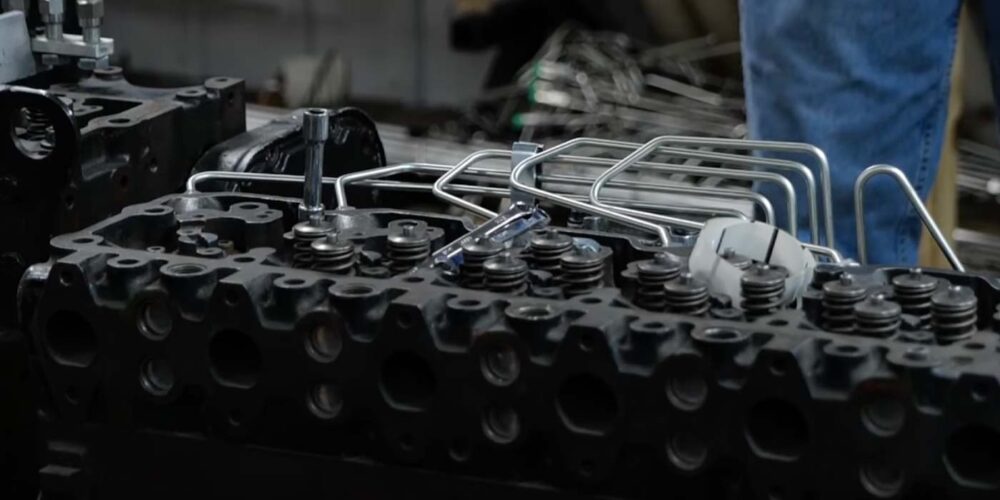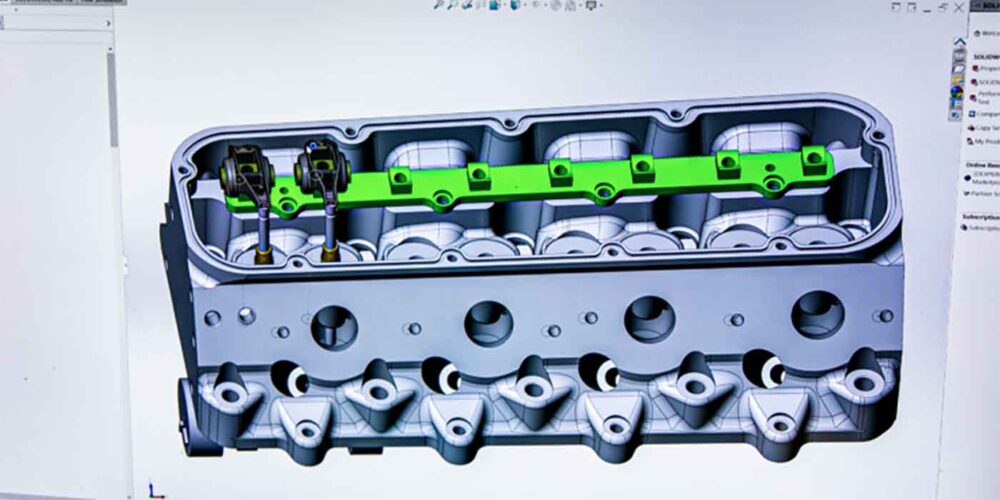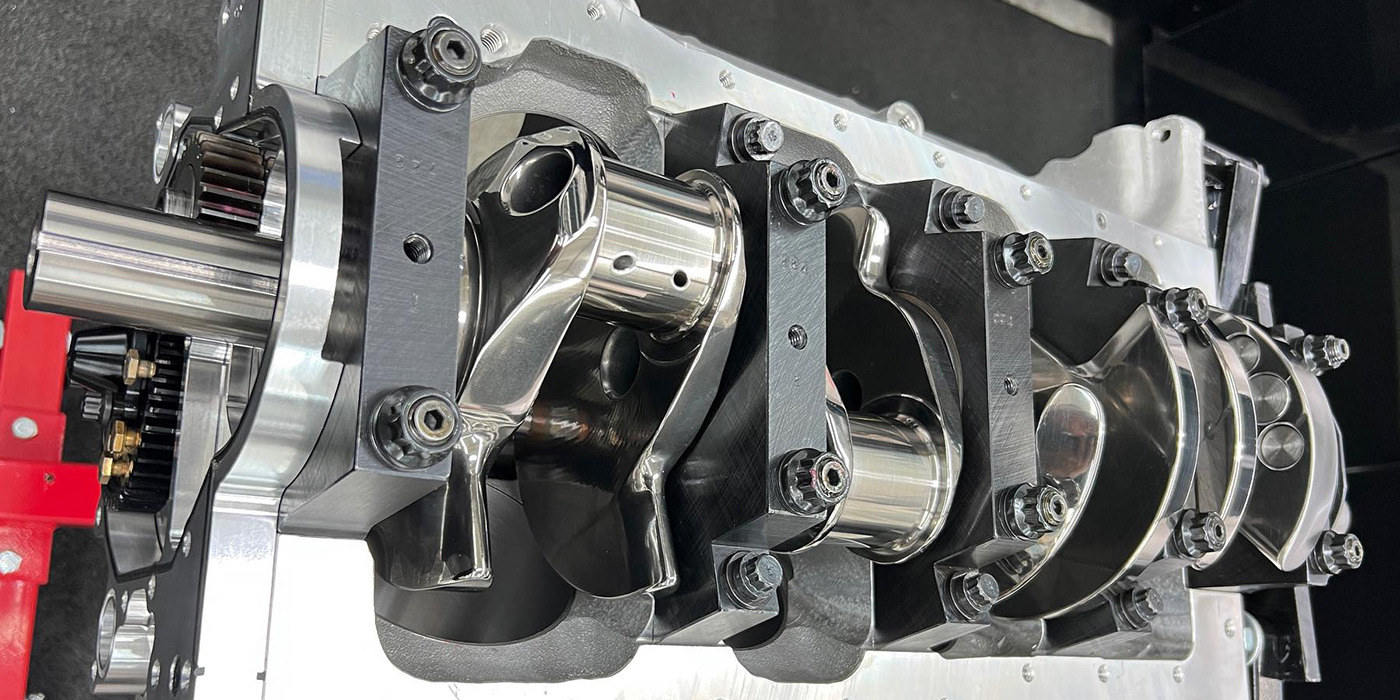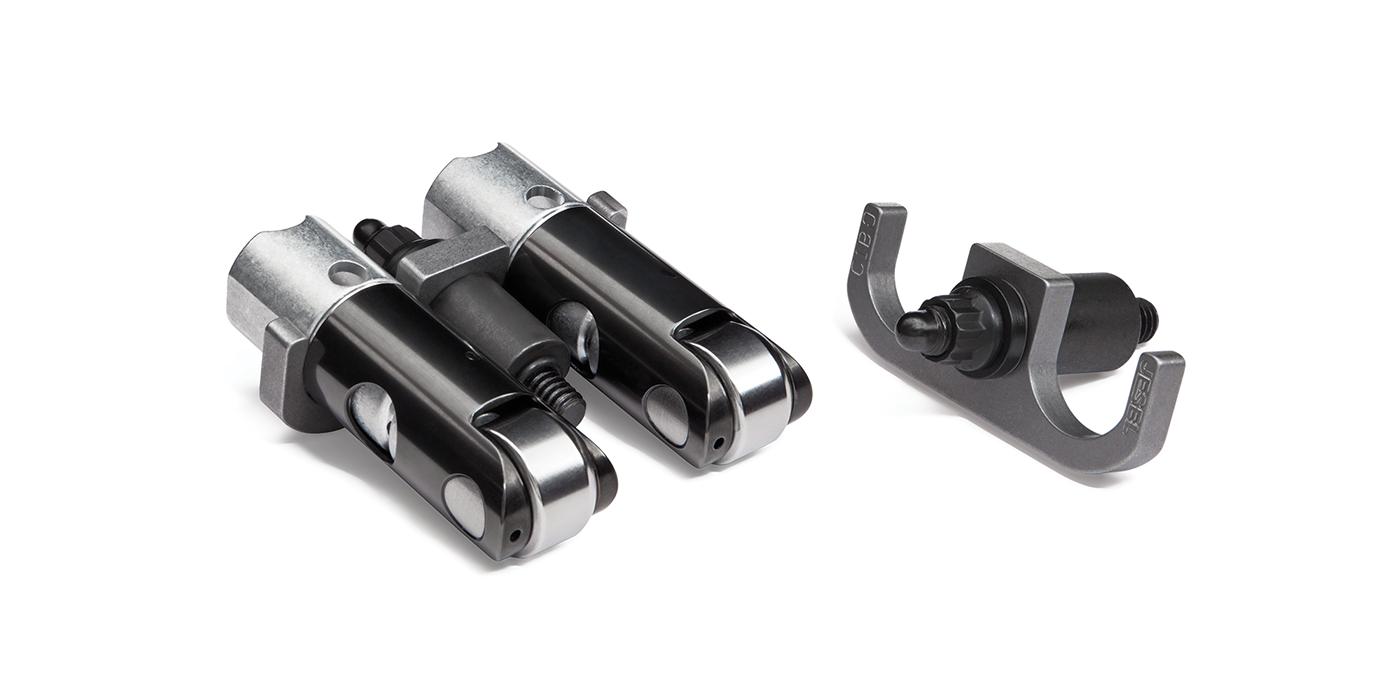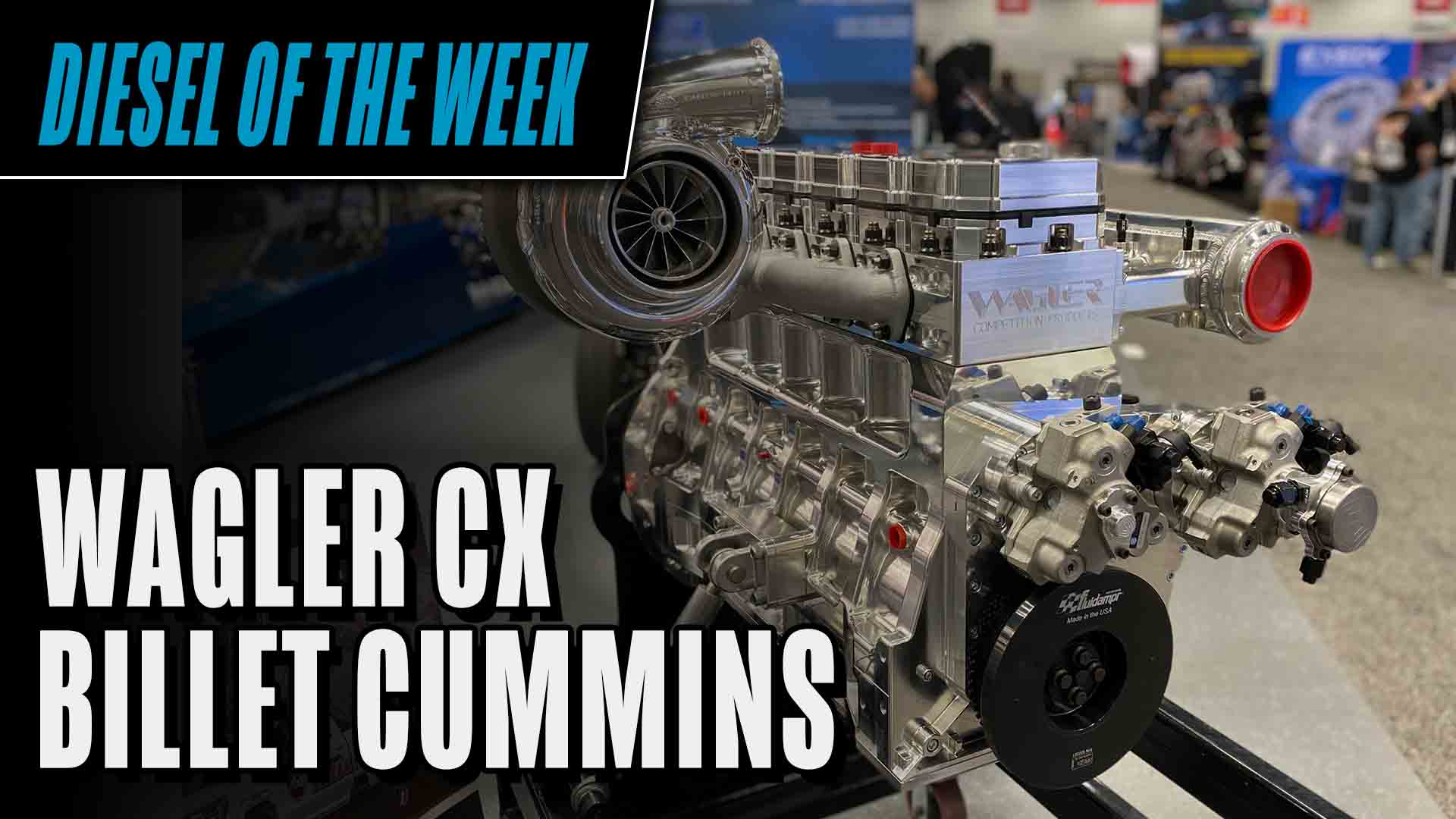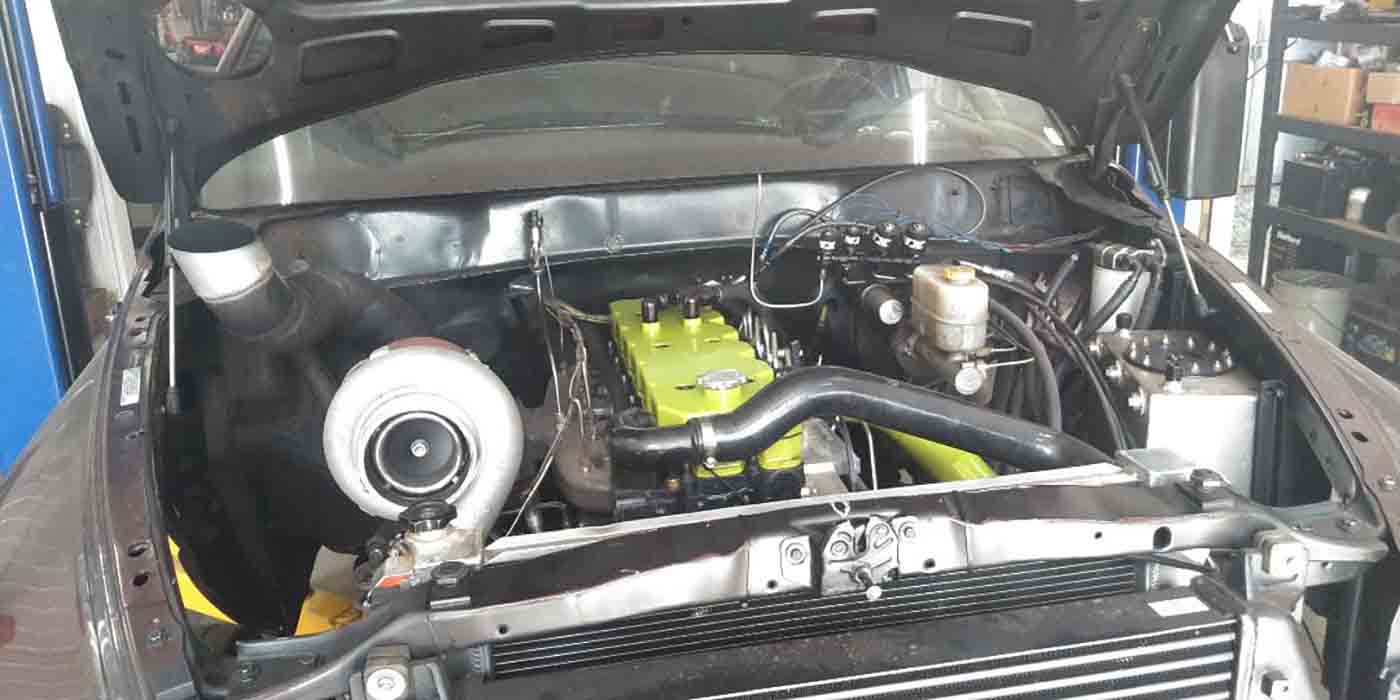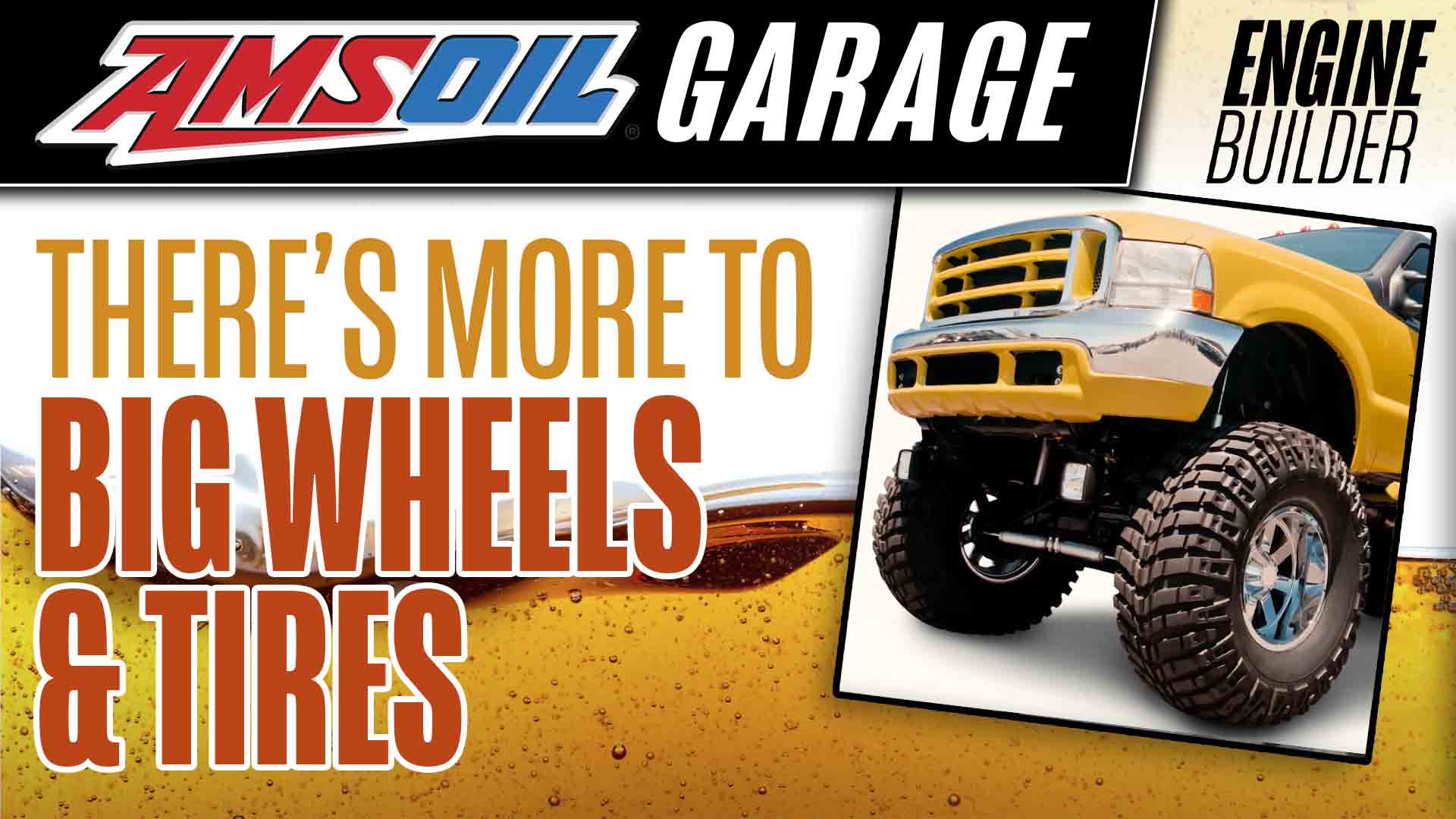One of my favorite things about engines is how simple some components can be, yet how complex those seemingly simple parts truly are once you understand how they’re made and the functions they serve. Diesel fuel lines fall into a category of being a bit of both – simple and complex. On the surface, fuel lines are just various widths of hollow metal tube, but when it comes to bending and fitting these lines to an engine for a specific application, there’s a lot of nuance, and the making of these lines quickly turns into a true art form.
We got to see this art form happen in person during a visit with the folks at Scheid Diesel in 2023. This well-known diesel engine and machine shop has been leading the diesel charge for over four decades, and among having the capability to do just about everything diesel related, fuel lines are something Scheid specializes in for numerous applications. Shop Manager Todd Emmert showed us the line room, which occupied a portion of the top floor of the shop, and walked us through what goes into a seemingly simple fuel line.
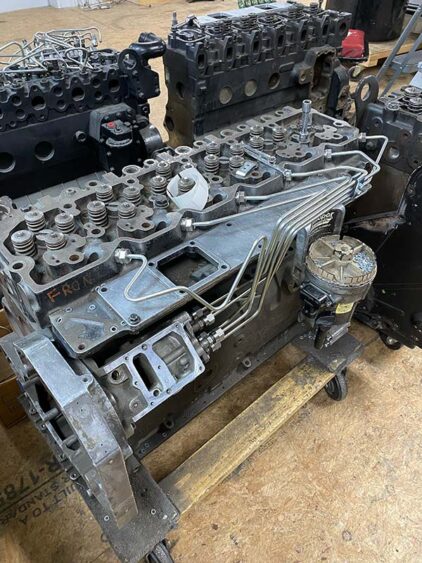
“This has been a labor of love for quite a few years here at Scheid, being the supplier for aftermarket fuel lines,” Todd Emmert says. “Dan [Scheid] has been supplying fuel lines manually bent for years for his farm customers, construction customers and all those in between. People who make a living on their diesels need fuel lines. They’re like spark plug wires – they wear out. As Dan has been meeting that need, it came to a point where we needed a little more. The market desired more product and more options in the product, not just for the individual who was making a living with their diesel, but that individual who was using their diesel for performance.”
As years went on and demand for more fuel line options continued to increase, Scheid saw that people needed a little more fuel line volume, and that corresponded to an investment in the fuel line department.
“We’ve made quite an investment in stocking lines,” Emmert notes. “Each one of these lines [hanging on the wall] are for different applications. We have common rail lines to mechanical injection lines, inline pump lines, rotary lines, and all the things in between. We stock the more common things. There’s some things that we don’t stock, and those items are made per sample. We make lines wherever we can meet the customer’s need and specification.”
Catering to all those various needs means that Scheid bends fuel lines both manually and with the use of CNC. In some cases, manually bending lines allows for more flexibility than the CNC can offer.
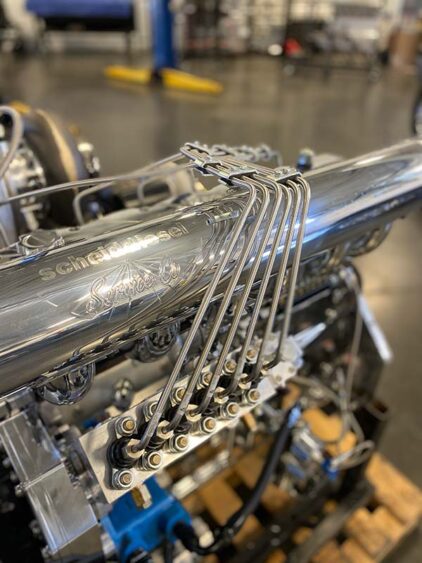
“There’s years of patterns that are on this wall that requires an individual to have some artistry,” Emmert admits. “There’s a craft here. That’s why we give them tools or inspection fixtures such as the actual engines. Even though there’s patterns coming off of a CNC or there’s patterns being manually bent, we’ll be able to put them on the engine or the application that they’re going on and make sure that customer gets a good final fit.
“A lot of our CNC lines are going to be more of a turnkey fuel line. That line is going to be a pattern that we’ve proved on that model. That pattern is going to have options as far as the inside diameter (ID), but every line in that pattern will be the same lengths. What dictates a line pattern is the length of fuel line. These are tuned systems. In mechanical injection, and a lot of times in common rail as well, you can’t really have different lengths of fuel line coming from your injection pump to your injector. Whenever you have 28.5” to go from here to here, you have to have a line that serpentines back and forth to get that 28.5”. Then, the line has to be able to be clamped so that there’s rigidity and it doesn’t fracture. Those are things that all go into making the patterns. There’s countless different angles and things that we’ve had to come up with.
“With our CNC program, we also have to navigate getting around the tooling on the CNC itself. That’s also a factor in what dictates a pattern is the make-ability on the CNC. There’s a decent amount of thought that’s got to go into all that.”
As with any product or service Scheid Diesel offers and has grown over the years, the shop has had to manufacture different things in-house in order to keep up with demand.
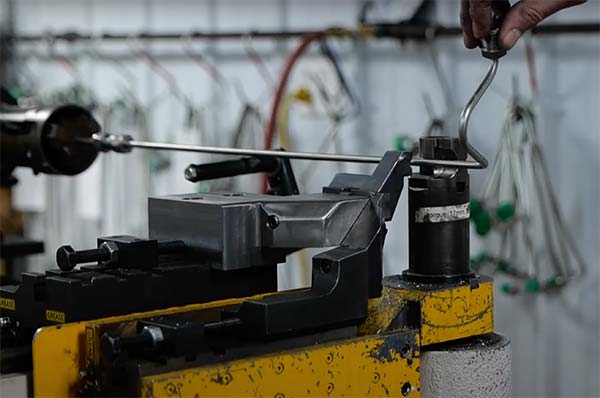
“We have to manufacture a number of things, so we don’t have a huge issue with product flow and meeting our customer needs,” Emmert says. “One of the things we’ve had to do over time is bring more in-house so we can control more on being able to have product.”
Along one side of the fuel line room was shelving 10 shelves high full of fuel line material, which Todd says was only half of Scheid’s in-stock fuel line. Keeping up with lead times has become paramount.
“We have to navigate better than a year lead time on fuel lines,” he says. “Covid taught us all something, right? To future-proof Scheid Diesel and meet our customers’ needs, Dan has really invested in putting a lot of product on the floor in the warehouse so that we can have good product flow.”
That wall of shelves mentioned house stainless steel lines and steel high-pressure tubing, which go from .062” ID for some of your smaller applications, up to .140” for some larger fueling applications.
In addition to the line itself, Scheid will also put end forms on, which include nuts, sleeves and swedges that are all one piece. These components of the fuel line ensure the line doesn’t leak and makes a good seal.
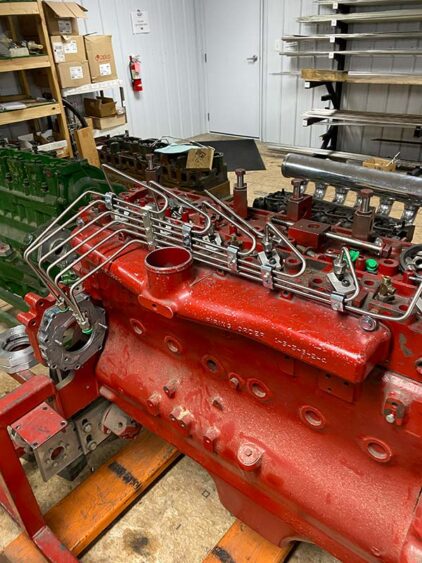
While fuel line material is strictly a stainless-steel tube of various inside diameters, the way these lines are formed takes skill, thought and expertise in order to make them properly, so they stand up to the application they’ll end up on.
“We have to be able to make lines that navigate around certain aspects of the engine and are still able to clamp properly and are rigid enough, because fatigue in lines really wipes them out,” Emmert says. “We’ve had to really invest in making sure our customer can get these lines clamped up. We can’t stress enough to clamp your lines because it’ll make them last a little bit longer. If you don’t clamp them properly, it’s just like bending a paperclip back and forth thousands and thousands of times – eventually they will wear or crack or break, so if you can keep that subsided, then that goes away and it gives you more longevity. Fatigue is something that we’re going to fight with metal.”
Just as with any engine component, there’s more than might meet the eye when it comes to diesel fuel lines. Check to see if your current fuel lines are in good order, and now you know how to make your next set last even longer. EB

